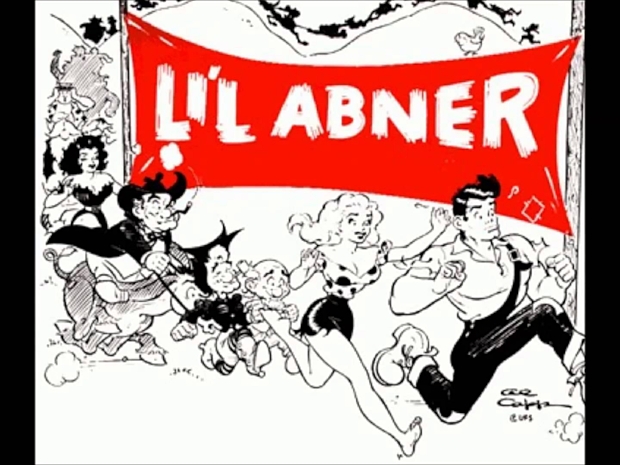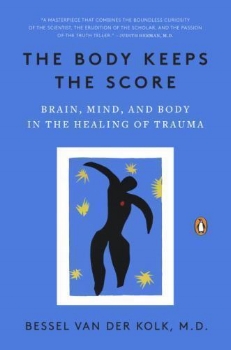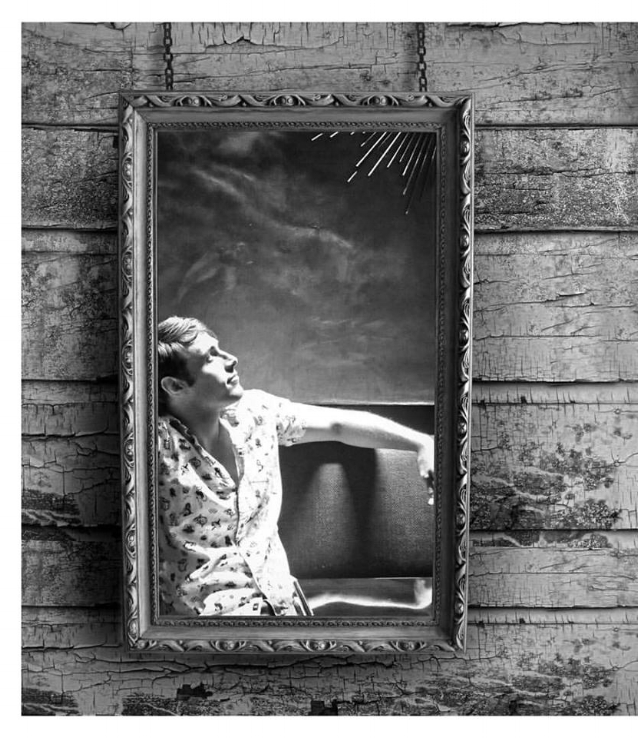But I wasn’t sure. I asked my friend to describe what a circumcision looked like. There were no suitable pictures or illustrations in our textbook for me to get the idea. He kept saying something along the lines of, “c’mon, this isn’t hard — it either looks like a bell or like it has a turtleneck that can cover the whole thing up! Which one is it?”
And still I was truly stumped. But more than that, I was a little frazzled. This idea that I might have been altered as a baby … without my knowledge or consent … that resulted in a less fulfilling sex life?
“No way,” I protested. “It looks fine. It’s totally natural. It doesn’t look like it was hurt.”
He wanted to see it: he said he’d tell me if it was or not. A shy kid in my youth, I said no way. So we opted to look at my newborn baby pictures instead.
“Dude,” he laughed. “You’re circumcised, alright. See that? That’s the head of your dick and it’s not covered. That’s a circumcision, Van.”
So it was. The realization set in immediately: I had a circumcised penis.
Was I crushed? Was I disappointed?
I’m sure I was — on some level. But not a consciously-available level. That would probably require more self-awareness than a 13-year-old possessed. Instead, I adopted a psychological tool more fitting for a teen: indignant anger.
“Yeah, well, everyone says a circumcised penis looks better!” I gloated right back at him. “And it’s cleaner, too!”
Then we’d argue back and forth about who had the better and the best pleasure-giving penis. It got pretty heated — and we even wrestled and threw punches over the debate. Yeah … 13 year olds … what can you really say?
Okay, to give some perspective as to why I’m sharing this story with you — it took years for me to process the emotions I’ve had over the fact that I was circumcised. As I aged and became an adult, I thankfully dropped that self-defense mechanism of “nah nah nah boo boo, my cock is better than yours!” and I started to think of it differently.
It was kinda fucked up, after all, that I’d been robbed of some level of sensitivity down there to the tune of 20,000 nerve endings! I’d never asked for it and I probably wouldn’t have, if given the chance. I also began to see uncut cocks in a different light. Hell, they started to look kinda pretty — and that foreskin sure looked fun to play with. I was sad, angry, and depressed over what had been taken from me.
*Lifts needle from the record*
I just want to stop here and say that I don’t want to make any parents out there feel bad — that’s not my goal at all! I understand why my parents did it, and I don’t begrudge them for it at all. There’s just so much information out there, and societal customs and so on — it’s hard to make any sense of it sometimes.
But future parents, please do educate yourself about this topic before you make the decision! And if you still choose to circumcise your kids, that’s fine, that’s your choice and I wouldn’t give anyone a hard time for it. But just educate yourself because there’s a lot to learn and it’s one hell of an interesting area to research. E.g., did you know that John Harvey Kellogg, the doctor who pushed for circumcisions in the US [and yes, the cereal man], also wanted females to be circumcised? Yup — he wanted to pour carbolic acid on the clitorises of newborn girls. Lucky for all you ladies, that one didn’t catch on.
Thankfully, this story isn’t all sadness and depression. So, it was back in 2010 when I discovered that a man can actually restore his foreskin. It’s not a surgical procedure — it’s done through applied tension to the skin over a long period of time (2-5 years). It can be as simple as using your hands to tug and stretch the skin. Stretched to its physical limit, cellular mitosis takes over and the skin cells begin to duplicate. It takes a while, but you can absolutely grow your foreskin back.
Okay, so you’ll never be exactly the way you were prior to getting cut, of course. Some nerves endings are permanently lost. But it’s a big improvement, with a fuller spectrum of pleasures and sensations that simply weren’t available before.
So, yes, I write characters with cut and uncut dicks, because I’ve personally been both. I know what it’s like to be cut — the contrived sense of superiority over what is actually our natural form, the repressed anger, the jealousy, etc. I also know what it’s like to have a foreskin now — and it’s made me so much more sensitive. I also know how this topic is taboo, and a lot of people don’t like to think or talk about it at all. I’ve been called names just for going on this journey of restoring. Clearly, there’s a lot of emotional trauma swirling around this topic. It’s not an easy one for people to deal with. I get that.
So you’ve probably figured by now that in my book Seven Nights, Austin’s ‘jealousy’ and fawning over Cedar’s uncut cock comes from a deeply personal place for me. (Let’s just add an unofficial line to the epilogue: Austin, inspired by Cedar, began the journey of restoring his foreskin. Yay!)
If anyone wants more information about this, feel free to leave a comment or drop me an e-mail. Obviously, it’s something I’m personally invested in and passionate about, and believe me, I have a lot more to say.
For any guys out there, who want to get started on the journey of restoring, I’d recommend starting with the Foreskin Restoration forum on reddit. I say journey because it takes time — and it will require you to be dedicated and patient. But it’s worth it, in my experience.
Sooo, to answer the original question that prompted this blog post — yes, I’m actually a man. Shocking plot twist, eh?
SiteofContact can be reached for comments, information, or appointments at calvin2talk@gmail.com





























